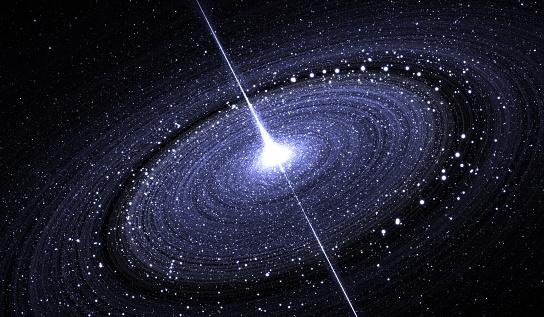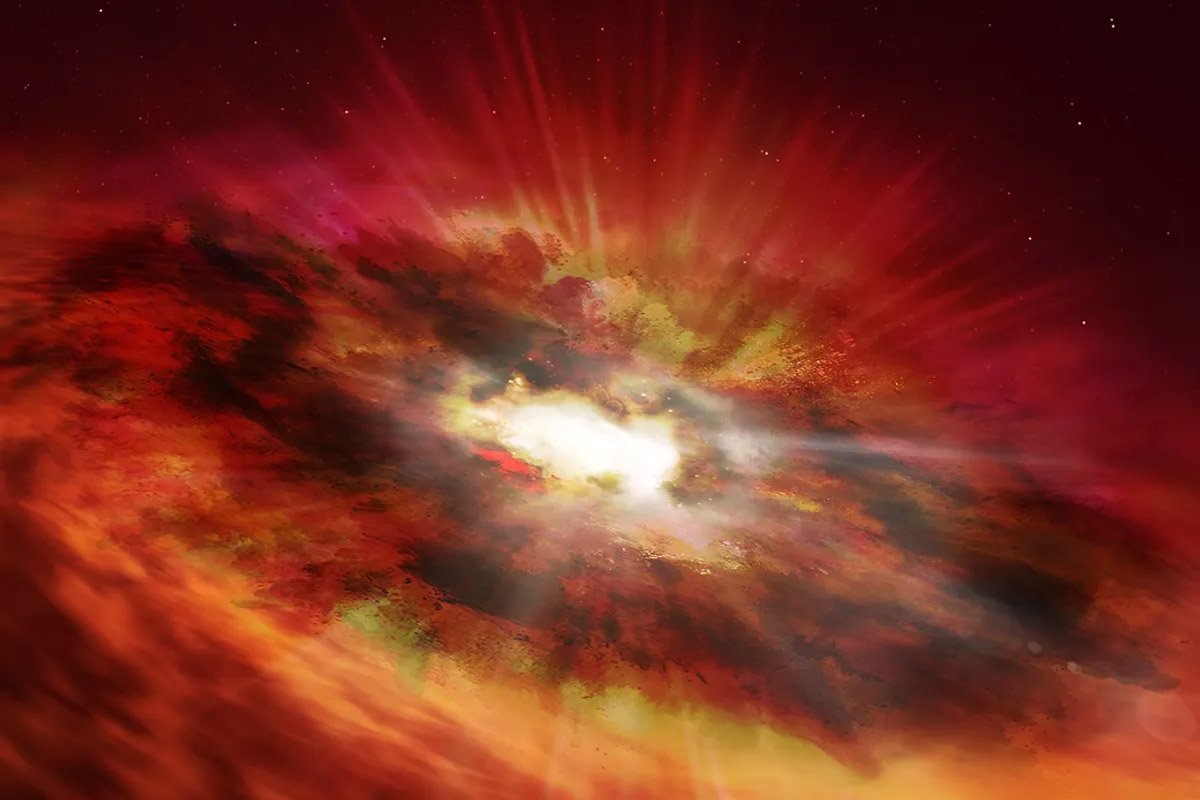One of the most fascinating paradoxes in science – generating evidence that may contradict established paradigms – It is being produced on a large scale by the James Webb Space Telescope. A double measurement recently done by JWST in conjunction with NASA’s Chandra X-ray Observatory revealed a black hole too large for its galaxy known as UHZ1.
Today there is a consensus among astrophysicists. supermassive black holes are at the center of galaxiesOver billions of years of cosmological timelines, they are accumulating enough mass to weigh billions of times more than the Sun. However, the origin of these matter-sucking monsters still remains an open question.
Some astronomers believe that Black holes are the result of “seeds” from supernovaeOthers understand that supermassives are the result of the direct collapse of a large cloud, resulting in a much larger “first seed”. It was this last hypothesis that gained strength with the black hole discovered in UHZ1.
What are heavy black hole seeds?
The expectation among experts is that “the remnants of the first stars will produce light black hole seeds in the early cosmic ages.” But this is not what the joint observations of Chandra and JWST show. In reality, final result “strongly rejects UHZ1 as it originates from a light seed”terminates the operation.
The model that best fits recent observations from NASA’s two telescopes, according to the paper, which has yet to be peer-reviewed. It is a heavy seed. This object must have formed as a result of the collapse of the clouds and a black hole with the mass of 10,000 suns.
The idea is that in the early universe, massive gas clouds orbiting the first star-forming galaxies were prevented from cooling efficiently due to radiation emitted from their “neighbors.” Then, these huge clouds failed to form their stars and became unstablepushes gas toward the center of a newly formed black hole.
Bigger-than-expected black holes

Directly collapsing black holes soon merge and grow with the largest star-forming galaxy in the immediate vicinity. The result of this co-evolution is a paradoxical system. where the mass of the central black hole becomes similar to the mass of the surrounding stars.
This relationship, observed by JWST, between the central mass of the black hole and the mass of the surrounding stellar completely outside existing galaxies, Central supermassive black holes have masses of less than 0.1% of the host galaxy’s total stellar mass.
Did you like the content? So follow all the astronomy news on TecMundo and take the opportunity to find out whether black holes are the villains of the universe or natural distortions.
Source: Tec Mundo
I’m Blaine Morgan, an experienced journalist and writer with over 8 years of experience in the tech industry. My expertise lies in writing about technology news and trends, covering everything from cutting-edge gadgets to emerging software developments. I’ve written for several leading publications including Gadget Onus where I am an author.













